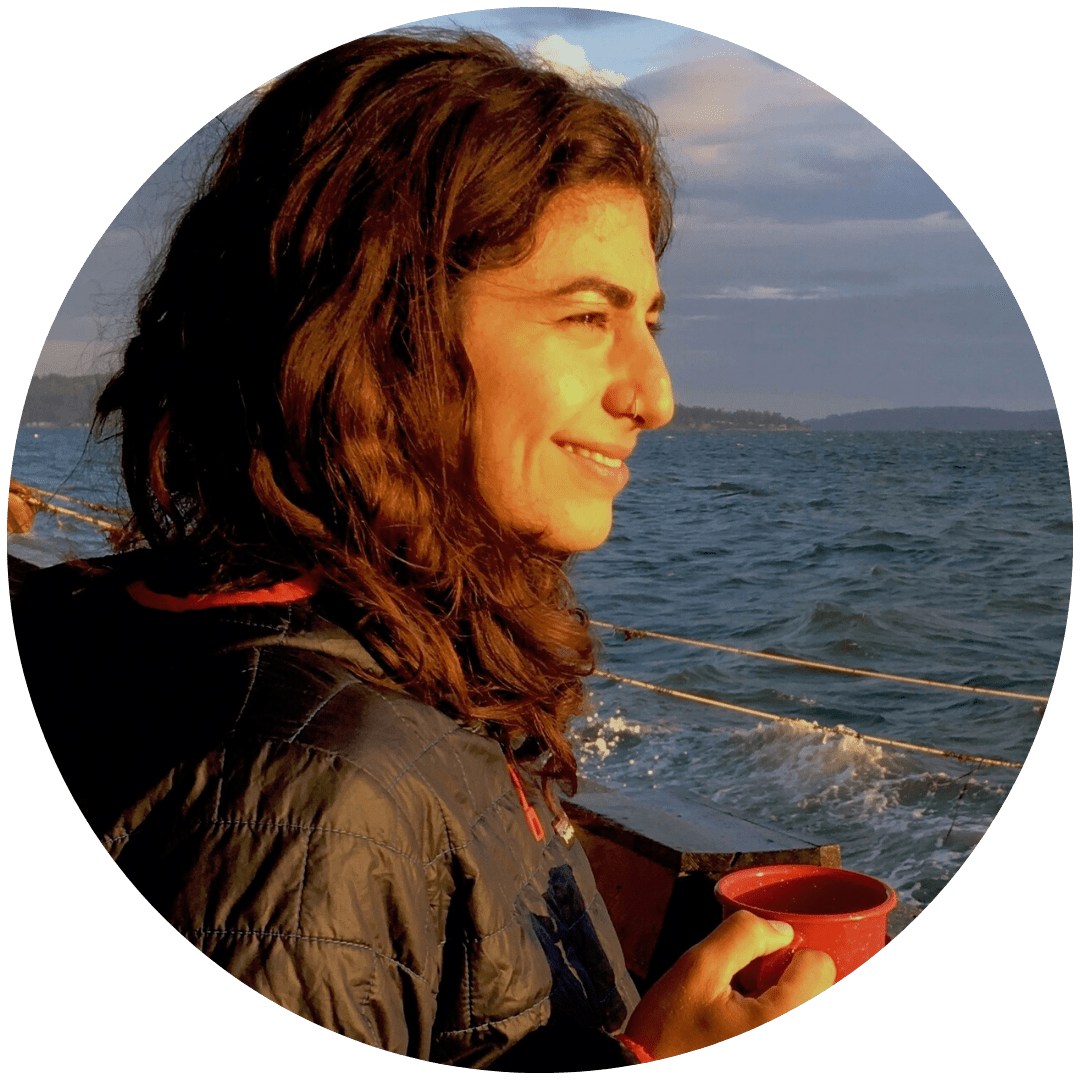Projecting Anti-Racism: Your Gym's Website and Community Values

Websites are so often the first impression a climbing gym makes on the general public, so they carry a lot of weight. While it can feel disorienting to be writing about climbing during a global pandemic, a part of me still appreciates how small nudges to be better for each other can ripple out and create positive change. In this installment of Projecting Anti-Racism, we will look at questions to ask yourself in order to bring an intentional practice of community and care into your online presence.
It is a privilege to talk about (and have) access to climbing – whether that’s indoors at the gym or outside at the crag. With this privilege also comes a heightened social responsibility to create and nurture intentional communities. If going to the climbing gym is a safe option for you like it is for me, then do it! But let’s not forget that all spaces are political. A website is most certainly political – and we can choose better practices every day in order to support and affirm communities. And climb.
When visiting a gym’s website, established climbers want to know the gym’s location, hours, pricing, and, inevitably, head to fill out the waiver online to save themselves time at the gym. I’ve been fortunate to travel and access climbing gyms as places of refuge in new cities until I gain my bearings. Even so, it’s taken me years to learn how to navigate gyms in order to feel belonging.
Today, I am still navigating life as a queer person of color, and the gym culture is not reflective of me. In working to change that, I’ve been advocating for better language and design on gym websites that can account for historically excluded communities – with action to back it up!
If you haven’t heard of PGM1, that would be a phenomenal place to begin learning more about community building as a foundation to any business that wants to be anti-oppressive (we should all want this).
A gym’s website is an invitation that hasn’t reached its full potential to connect and encourage communities that need to be centered right now. Gyms need to ask:
- How do we show up for the community specific to where we are?
- How do we adapt our structure to repair harm and address inequity within our community?
- Whose land are we on and how can we account for the harm we have done in operating through colonial structures? Where can we make our reparations and rebuild trust?
Once you’ve thought through answers to those questions, you can then find ways to translate those answers onto your website. Consider the following questions, which your website visitors may be asking themselves:
Are the photographs of the community on the site showing that the gym is uniformly white? Or, culturally white and not self-aware? Is the website showcasing conventional strength and able bodies exclusively? I love when I can tell the photos on a website are real representations of communities that exist. With that, however, I can also usually tell whether I’ll have to gear up for some ignorance in order to get my session in for the day.
How high or low is the bar in terms of collectively navigating systems of oppression in the space? Are cisgender men affirmed more than anyone else by the culture of the space? Is the space committed to real, adaptive, and emergent equity or is their idea of ‘diversity’ cisgender white women?
Can any of these hesitations be addressed online? You bet your button. The answer is not to insert the ‘right words’ so that we don’t anger anybody. It is to incorporate the online space into our anti-oppressive scope of practice.
As a business, the language we put up on our websites matters as a part of our overall methods toward building better community spaces. Expecting to find all of the right words to speak to every demographic and absolve ourselves from ever being called out is not the point. The point isn’t to avoid being called out by different communities, it’s to be in constant conversation so criticism feels advantageous because we get to learn and continue in our pursuit of equity.
These days, intentional space really can start online. As we deal and adapt to new realities, we can bring tried and true practices of community care into the digital realm as a way of affording some reprieve for those that need it most.
About the Author
 Anaheed Saatchi is a queer and non-binary writer and community organizer. They cover themes of social justice, diaspora, the outdoor industry, and identity politics. In 2018, they co-founded the rock climbing initiative BelayALL, based on the unceded territories of the səl̓ilwətaɁɬ təməxʷ (Tsleil-Waututh), Skwxwú7mesh-ulh Temíx̱w (Squamish), and šxʷməθkʷəy̓əmaɁɬ təməxʷ (Musqueam) nations. Examples of their work can be found in Alpinist Magazine and online at Melanin Base Camp.
Anaheed Saatchi is a queer and non-binary writer and community organizer. They cover themes of social justice, diaspora, the outdoor industry, and identity politics. In 2018, they co-founded the rock climbing initiative BelayALL, based on the unceded territories of the səl̓ilwətaɁɬ təməxʷ (Tsleil-Waututh), Skwxwú7mesh-ulh Temíx̱w (Squamish), and šxʷməθkʷəy̓əmaɁɬ təməxʷ (Musqueam) nations. Examples of their work can be found in Alpinist Magazine and online at Melanin Base Camp.
